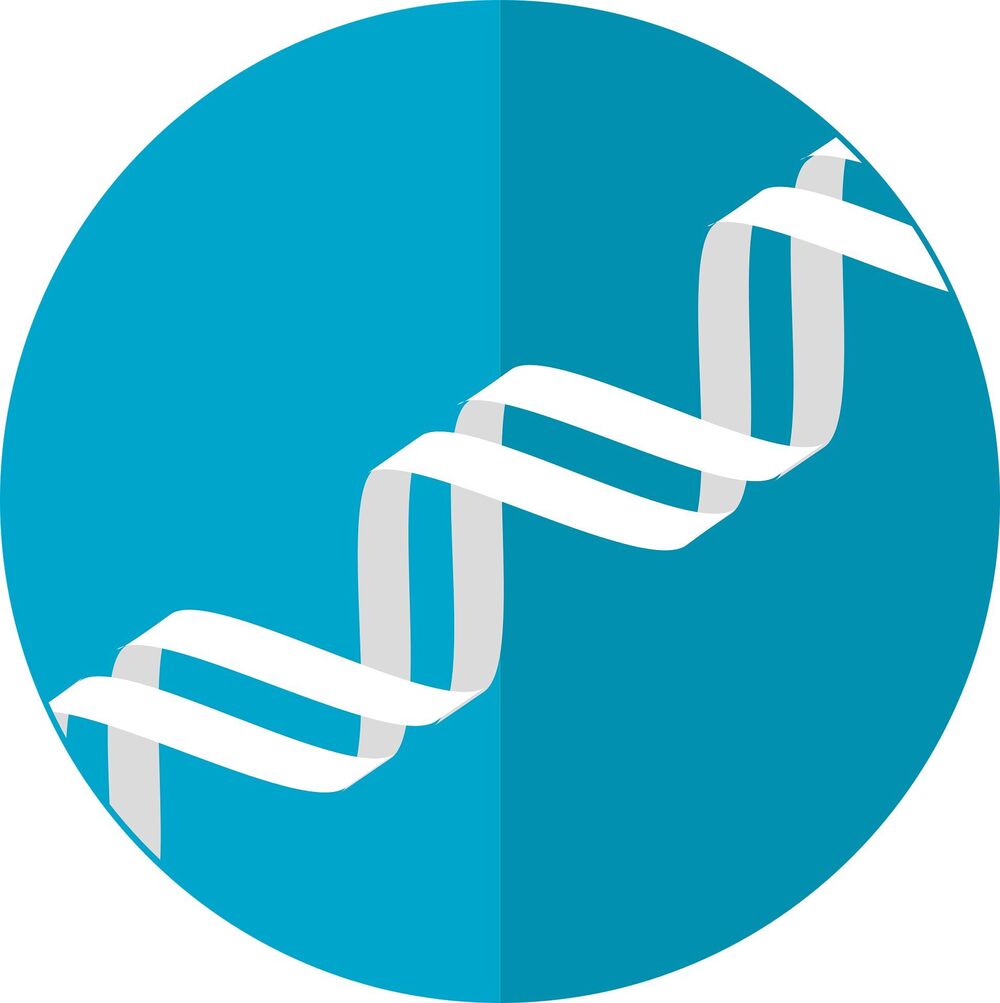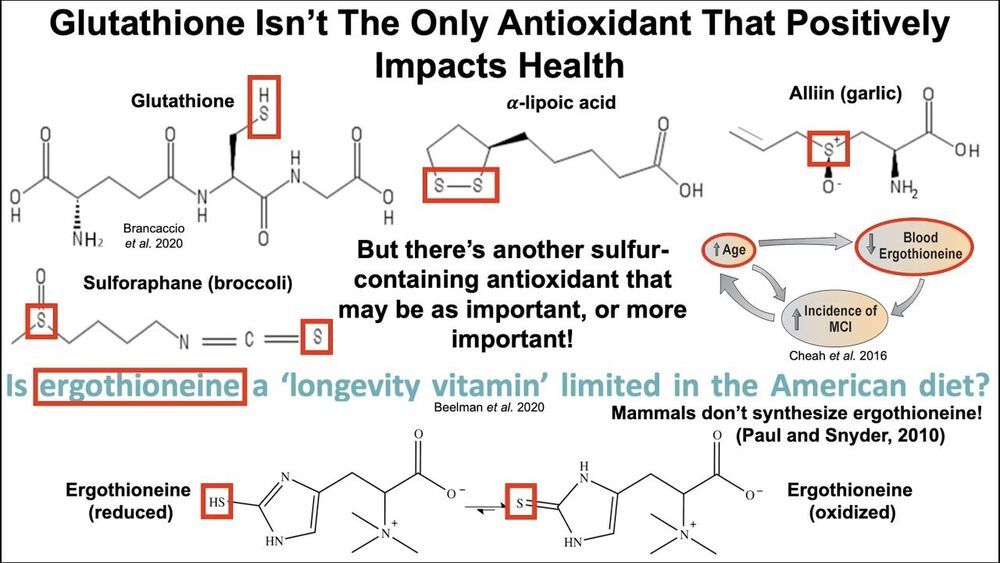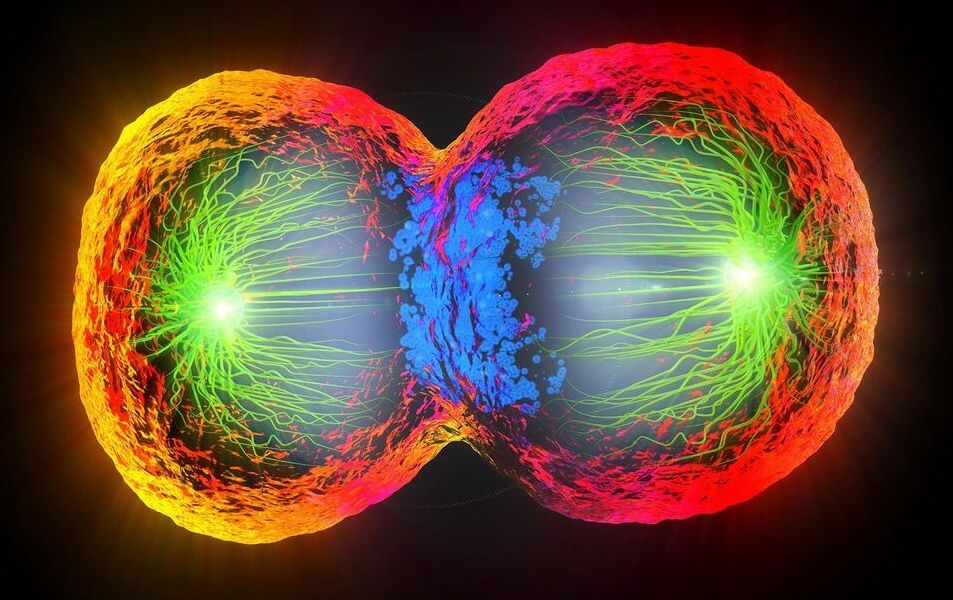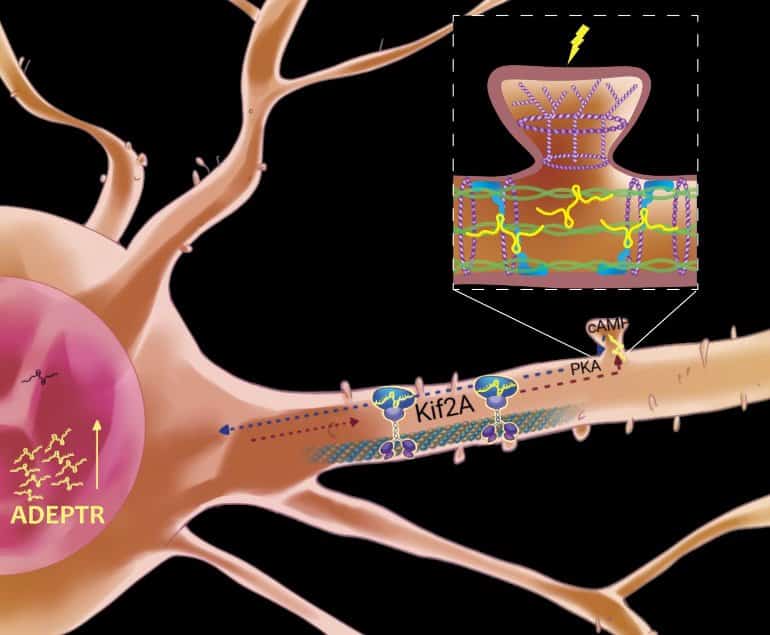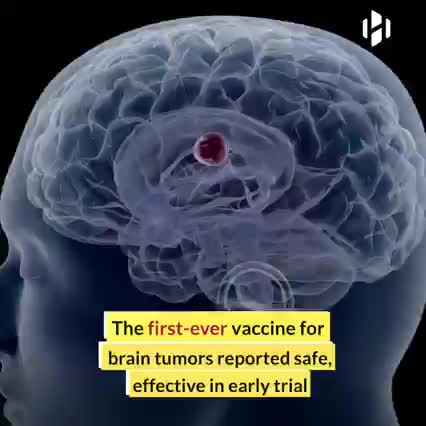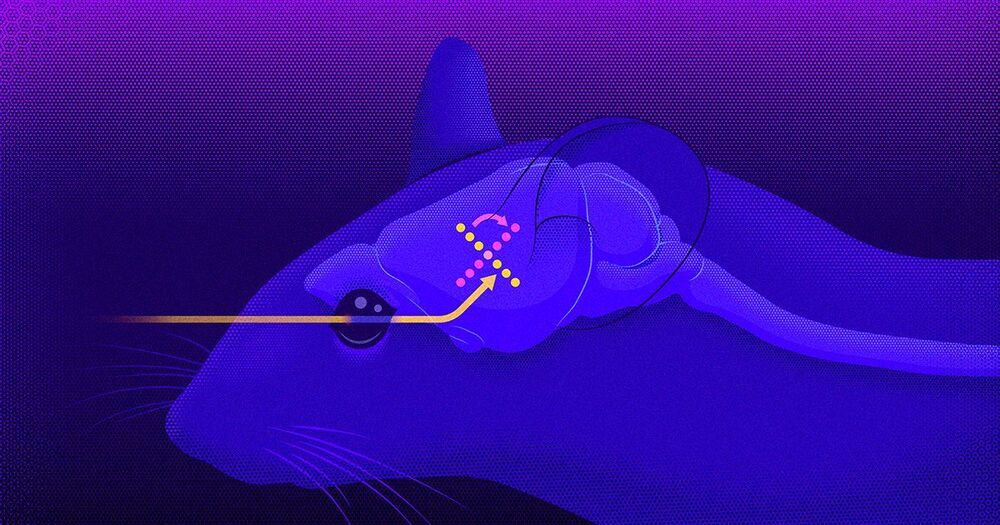In a research paper published in Nature Aging, the team reports using a novel approach to provide the first data-driven classification of multiple diseases obtained using human genetic and medical data freely available from the UK Biobank.
Co-author Professor Linda Partridge (UCL Institute of Health Aging and Max Planck Institute for Biology of Aging) said: Advancing age is the main risk for major diseases, including cancer, dementia, and cardiovascular disease. Understanding the molecular links between the aging process and age-related diseases could allow them to be targeted with drugs to improve late-life health.
The striking finding from the study was that diseases with a similar age of onset were genetically more similar to each other than they were to diseases in the other three clusters.
